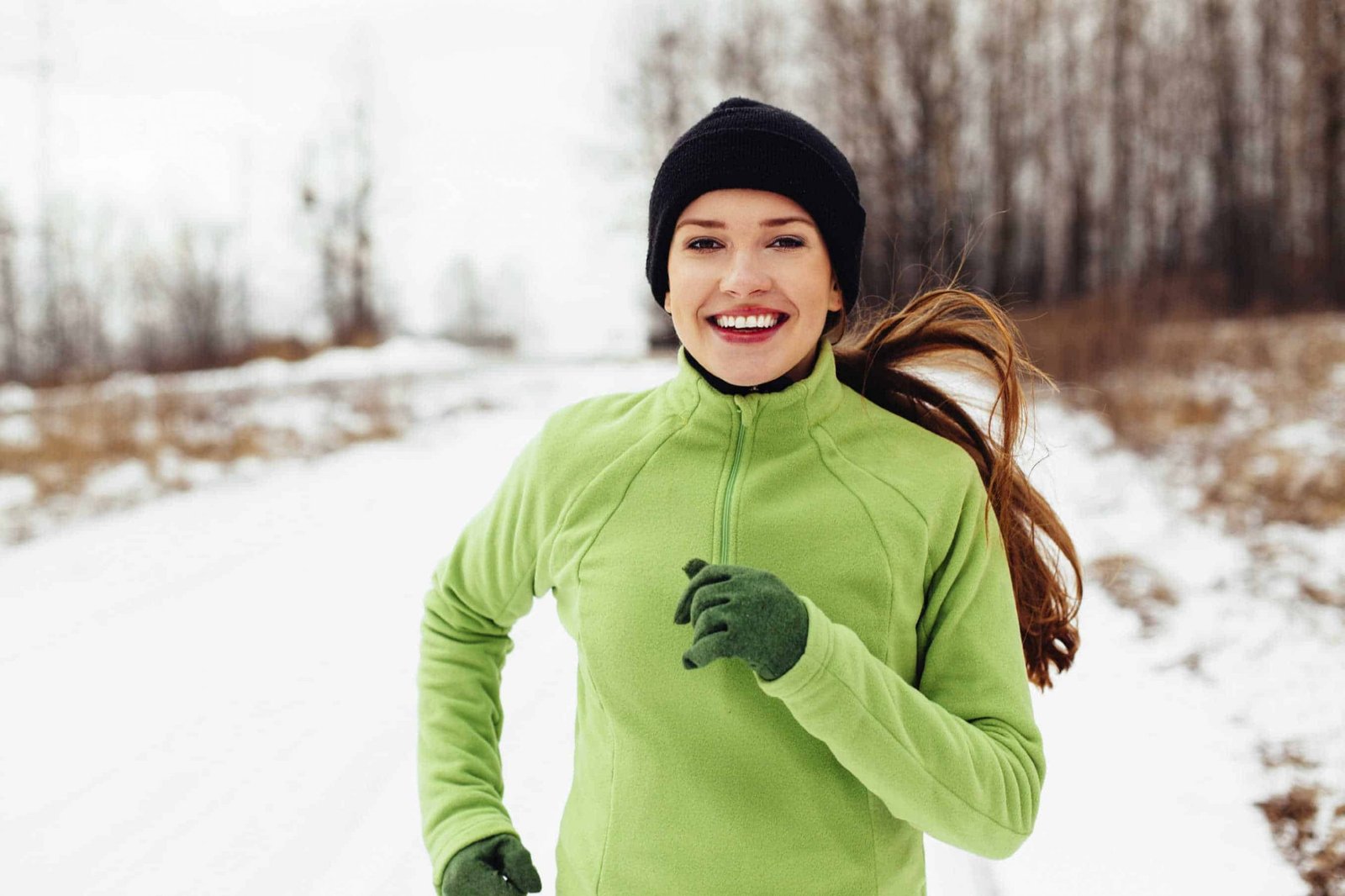7 Tricky Factors Affecting Your Workout Performance
The thought of exercising and getting your body moving is exhilarating. However, lacing up your shoes and getting a good workout are easier said than done. How can you prepare before and during physical activity for the best results? You must take a holistic approach to fitness, as it’s not just your exercise that impacts your goals. Here are seven tricky factors affecting your workout performance and what to do about them.
1. Workout Time
Some say you need to wake up at 4 a.m. to maximize your workout performance. What’s the point of exercising if you aren’t mentally and physically ready? The time you pick for your exercise is critical, so listen to your body and when you’ll do it best. Early risers may work out best in the morning, but you may fare better in the afternoon.
Research favors mid-to-late afternoon sessions because your body has time to warm up throughout the day. A 2020 Scientific Reports study shows short-duration maximal exercise peaks between 4:00 and 8:00 p.m., explaining why many head to the gym after work. The researchers say you can achieve great results in the morning if you’re in a warm environment and listen to music, among other requirements.
2. Plateau
Do you feel like you’re in a rut? You keep repeating the same exercises and seeing the same results — not much has changed. You’ve likely hit a plateau, something that fitness professionals dread. Your body has adjusted to what you do in workouts, making it harder to get to the next level. So, what can you do about it? Here are a few suggestions for getting over the plateau:
- Ramping up: Increasing the intensity is one way to get over the hump for your fitness goals. The American Heart Association says you should aim for at least 64% of your maximum heart rate for moderate intensity and 77% for vigorous intensity.
- Switching up: If you do the same workout all the time, your mind and body might get bored. Try new ways to exercise because you might pick up a new hobby. For example, sepak takraw lets you play volleyball with your feet instead of your hands and makes for great exercise.
- Find a partner: If your workout performance is slipping, find a partner who will motivate you to get better. This cohort could be a personal trainer, spouse, friend, sibling or anybody who will support you in a positive environment.
3. Clothes
Wearing the right clothes can mentally prepare you for your workouts. You’ll feel more confident walking in the gym or on the trail with the appropriate gear. If you don’t like traditional exercise clothing, ensure your garments are comfortable and breathable. Improperly fitting clothes can mess with your psyche and foster a poor workout.
Additionally, you’ll reap physical benefits from wearing the correct clothing. For example, most workout gear improves blood flow by slightly pressuring your veins. Increased blood flow means your heart can supply more oxygen to your muscles, improving your energy capacity. Suiting up correctly for workouts is even more crucial when the weather gets cold because your body must work harder.
4. Pre-Workout Diet
Would you rather work out at 5 p.m. or 5 a.m.? Regardless, you can help yourself with proper meals before your sessions. Your body needs fuel before exercise, so prioritize snacks or a small meal before hitting the treadmill or the weight rack.
Experts say your body needs energy from carbohydrates before your workout for peak performance, so look for easy-to-digest foods. A peanut butter and jelly sandwich, oatmeal with fruit or trail max is an excellent pre-workout snack because of their energy boosts.
What happens to your workout performance if you don’t eat properly? You risk your body running low on blood sugar, thus making you feel lightheaded or nauseous. If you don’t eat enough, your body may break down muscles to compensate, making your workouts less effective.
5. Pre-Workout Preparedness
The little things matter when exercising, even if you don’t realize them. Warming up is critical to your workout performance because it prepares your muscles for the physical activity ahead. For example, stretching is a solid pre-exercise routine because you’ll improve your range of motion and feel more confident.
The type of stretches you do matters because a simple toe-touch might not be enough. A 2021 Frontiers in Physiology study says foam rollers demonstrate benefits over static stretching for your quads and can even improve strength performance. The researchers also find foam rolling helps when compared to dynamic stretching, making it a great addition to your workouts.
Regardless of your approach, stretching is excellent when preparing for workouts. It can also help after exercise by returning your heart to baseline and mitigating muscle soreness. Try stretches before and after your next workout to experience the differences.
6. Post-Workout Care
Caring for your body after a workout is essential for recovery, relaxation and preparing your body for the next exercise session. Health experts say to eat a carb and protein-based meal to restore your body’s glycogen levels and aid muscle recovery. Some meal ideas include grilled chicken and quinoa or Greek yogurt fruit bowls. You’ll make your body happier by supplying the nutrients it needs.
Additionally, your body needs help recovering if you have sore muscles. Caring for this discomfort makes getting up and going for your next exercise session easier.
For example, you could use a massage gun to make recovery easy at home. The Myobuddy Massager Pro 2 relieves sore muscles and reduces stress, making it a powerful tool after exercise. Massages are post-workout staples for athletes because they improve flexibility and make you feel even more relaxed. This feeling is helpful once it’s time for your nightly rest.
7. Sleep
Sleep is central to nearly everything you do. Even though your slumber came last night, your sleep quality affects your workout today by influencing your energy levels. Working out with adequate sleep beforehand means your exercise engagement and physical activity levels are higher, leading to better performances. If you don’t sleep, you’ll lag behind and not satisfy your goals.
So, how can you get better sleep? The most significant factor for better rest is your sleep environment. Here are a few ways to fall asleep and improve its quality throughout the night:
- Turn off all lights and close the curtains.
- Sleep in a cool room to help your body’s melatonin production.
- Refrain from using electronics an hour before bed because of their blue light.
- Don’t drink coffee in the evening.
- Make your last meal a few hours before you go to sleep.
Put Workout Performance in Your Hands
Improving your workouts includes prepping yourself before, during and after each session. Give your body a boost with self-massage tools like the Myobuddy. Our massagers suit newbies and professionals, so there’s something for everybody. If you’re interested in Myobuddy, let us know and we’ll find the right product for you!





